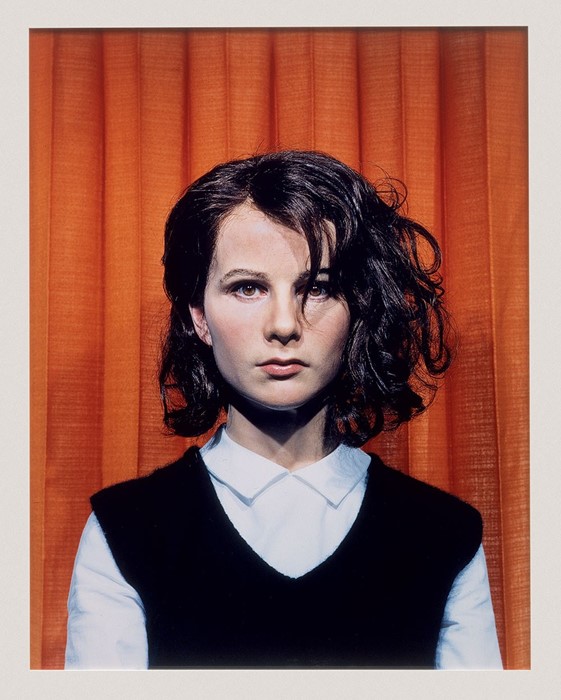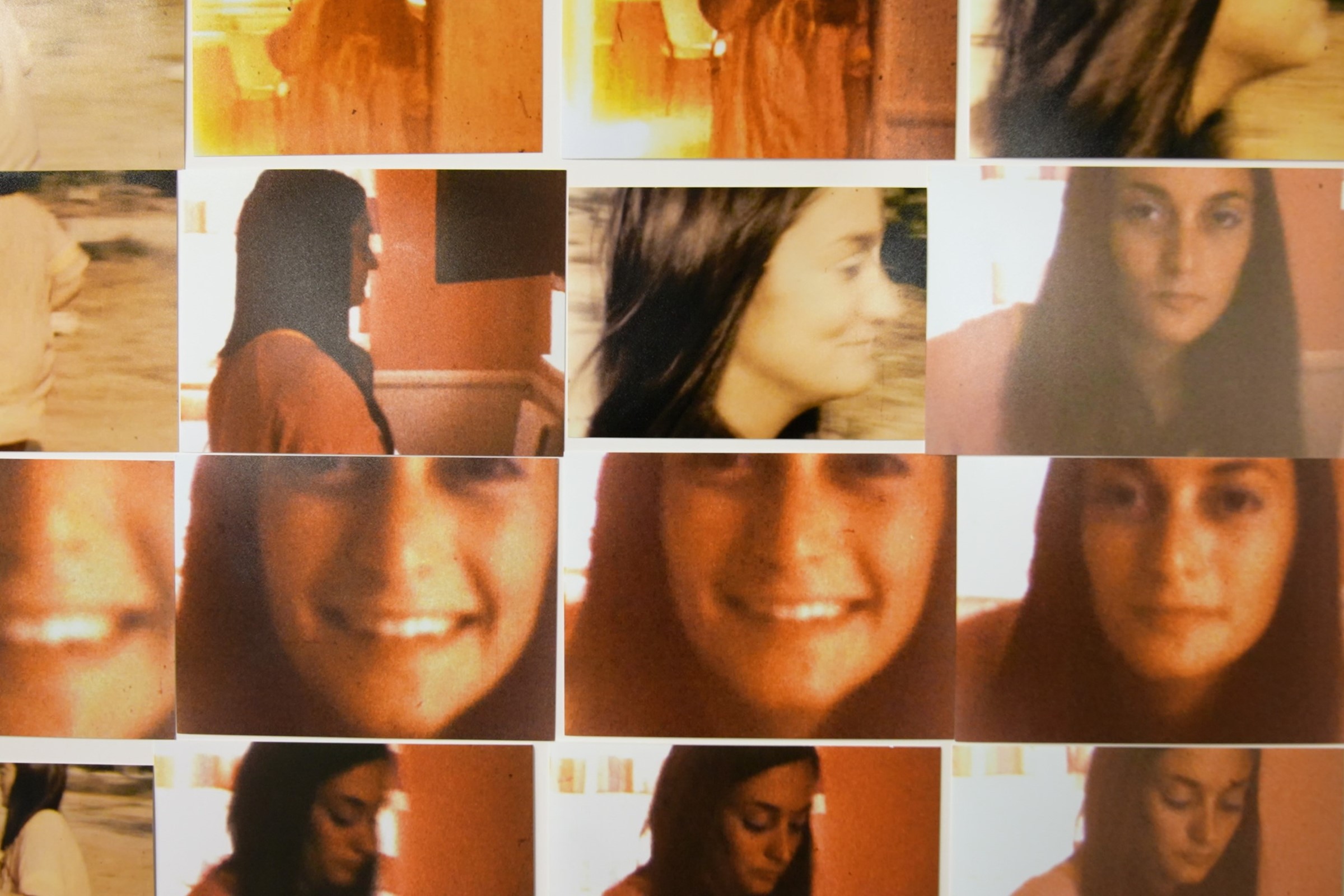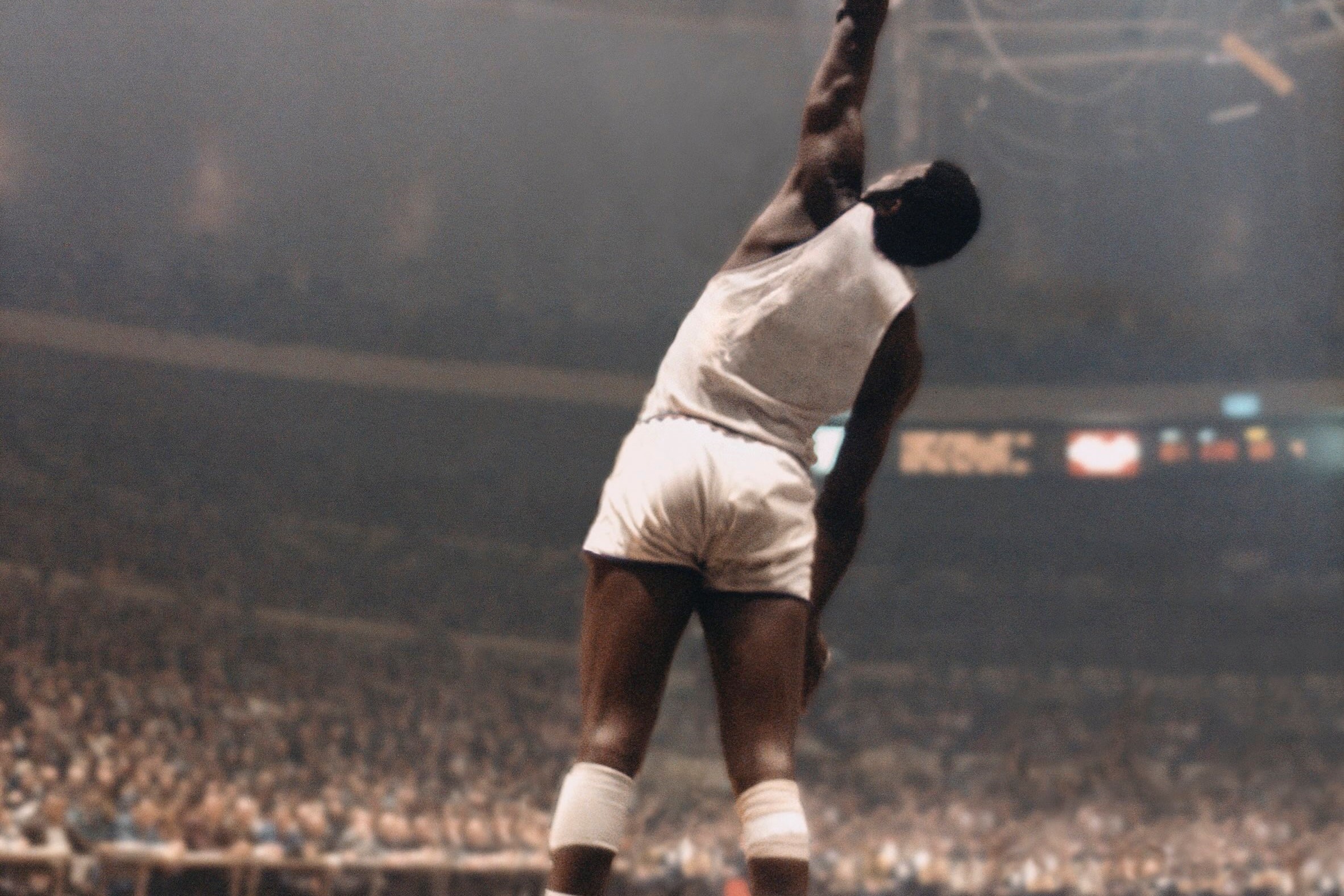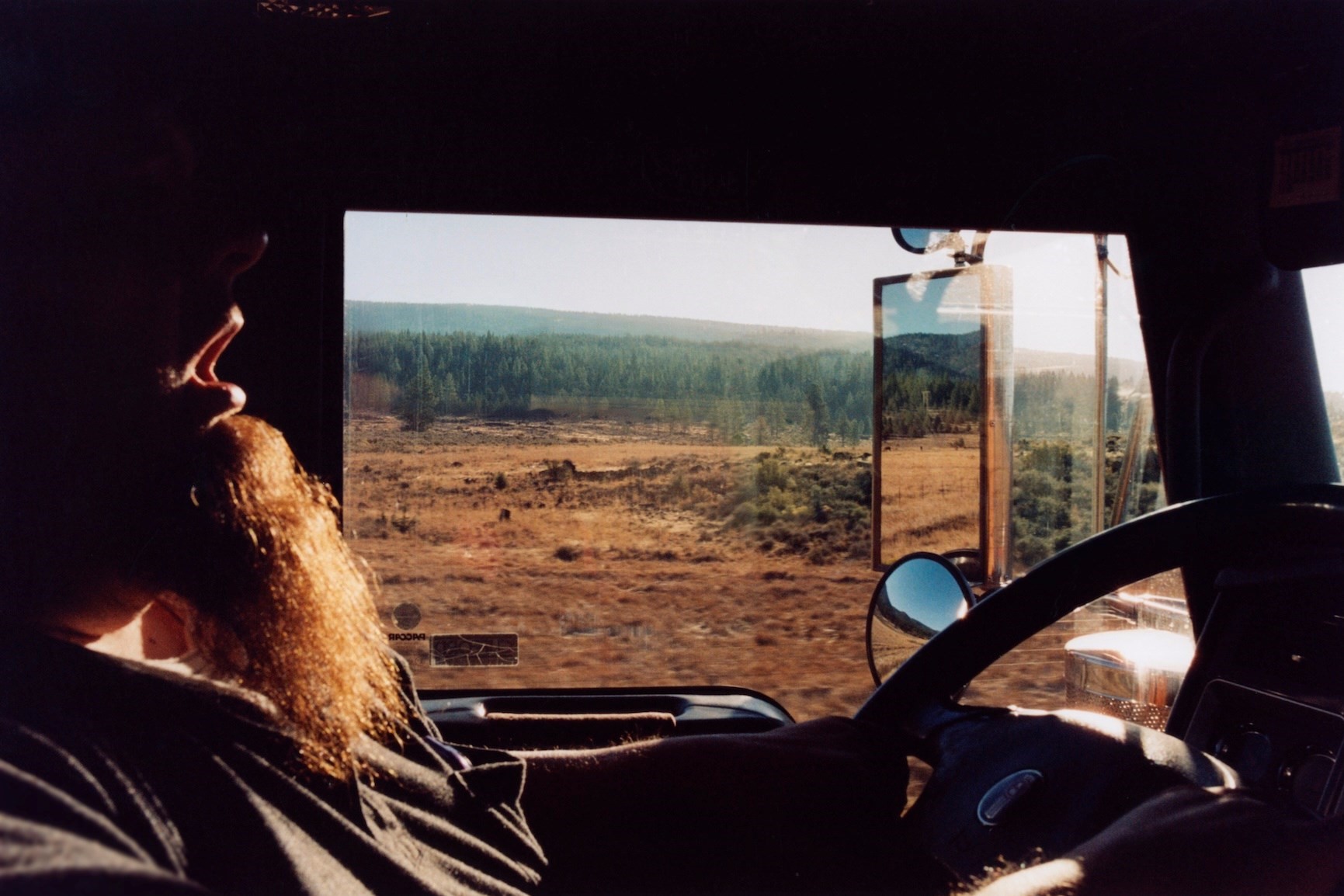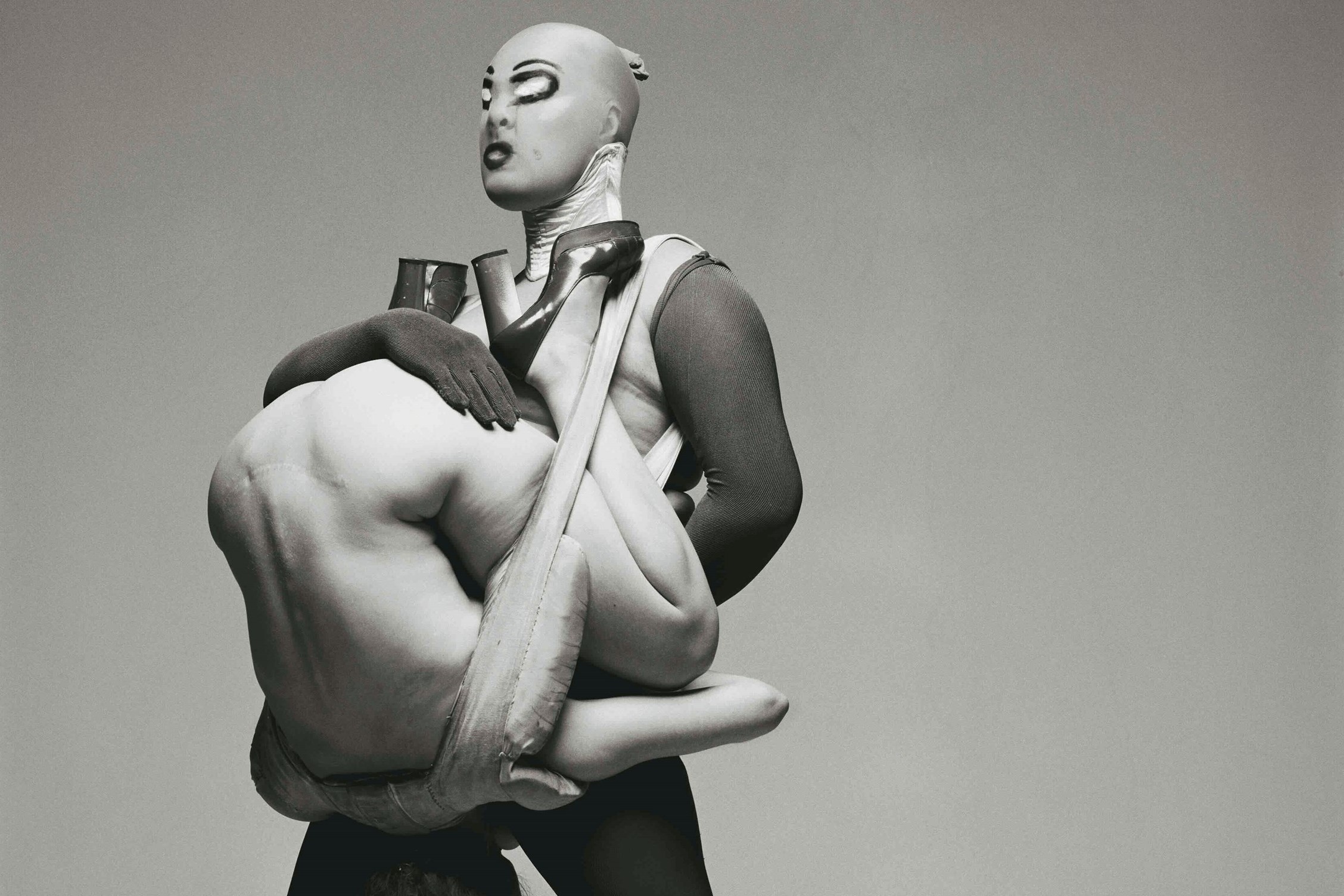As a new retrospective of her work opens in Valencia, we sit down with the Turner Prize-winning artist to discuss internet-facilitated narcissism and her love of reality TV
Gillian Wearing deals regularly in the kind of intimacy that many among us share only with our dentists. From one of her early projects, a series of 600-odd photographs called Signs That Say What You Want Them to Say and Not Signs That Say What Someone Else Wants You to Say, in which she asked members of the public to spill their innermost secrets on cardboard signs, to her most recent piece, a self-portrait in which her age has been progressed to 70, she scours the notion of identity, leaving no stone unturned in the process.
Perhaps because of this many-pronged approach, Wearing's practice is distinctly multi-disciplinary, switching from photography, to film, to sculpture, and at times utilising all three, to communicate her complex conceptual ideas on selfhood. In one of her best-known projects, provocatively entitled Confess All On Video. Don’t Worry, You Will Be in disguise. Intrigued? Call Gillian…, ten participants became the subjects of a 30-minute-long video in which they revealed outlandish things about themselves, while wearing masks. In another, Family Portrait, the artist had full masks of her mother, her father, her sister, her grandmother and her 17-year-old self created, and then made self-portraits while wearing them. It’s a reflective and slightly sinister series, but it perfectly distills Wearing’s creative endeavour.
Family Portrait is just one of the projects currently on show in a new retrospective of Wearing’s work at the Institut Valencià d'Art Modern, for which many of her most famous pieces will be on show. “It’s always a nice surprise,” she says, of coming back to projects she made so long ago for the occasion of the show. “I forget the scale and impact of some work. I've been creating art for 25 years, and when I am making it there are complex decisions to make, like content, length (if film), how to display it... These are the things you can’t see when viewing it, but because of the distance in time I can appreciate now why it took so long to make so much of my work."
We spoke to Wearing to discuss the link between her early experiments with self-portraiture and Instagram, her unabiding love for reality TV, and the trouble with London nowadays.
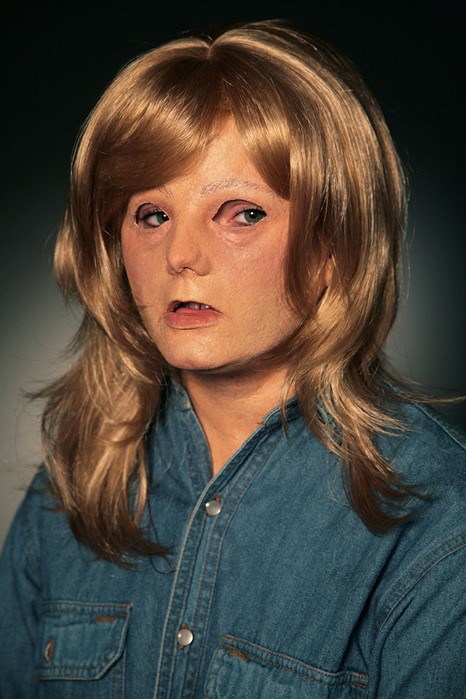
On how Instagram is perpetuating a constant “daydream state”…
“I think things like selfies and Instagram are just extensions of behaviour that was happening already. I used to do selfies on Polaroid films in the 80s and 90s, and I am sure I wasn’t alone. Instagram is like the old family albums – they show mostly the good things in life. The biggest change is having potential for a huge audience and comments. Everyone has become a little bit more self-obsessed because of the internet, with things like ‘like’ and ‘dislike’ options, having followers, etc. It is hard not to be distracted by checking the internet constantly, and seeing any activity directed your way as getting results. It’s like being in a perpetual daydream state of waiting for nice things to happen whilst being inactive.”
On narcissism…
“Narcissism is stronger in youth than in older age, but can be seen in all ages. I think what drives narcissism is a fragile identity of self. When I look at selfies, particularly those posted by women, most of the time the photographs are a vast improvement than how they would look in real life, a lot are retouched to correct imperfections or improving features like enlarging the eyes. With all this easy-at-hand technology, we are learning to find new ways of presenting ourselves. Most people naturally tend towards a flattering version, and it takes some guts and bravery to really be open. That’s why in some of my films I give people masks to wear so they don’t have any backlash from their identity being revealed. I can see why more than ever people who have sensitive things to confess may want to be anonymous. Especially as parts of social media have become very judgmental.”
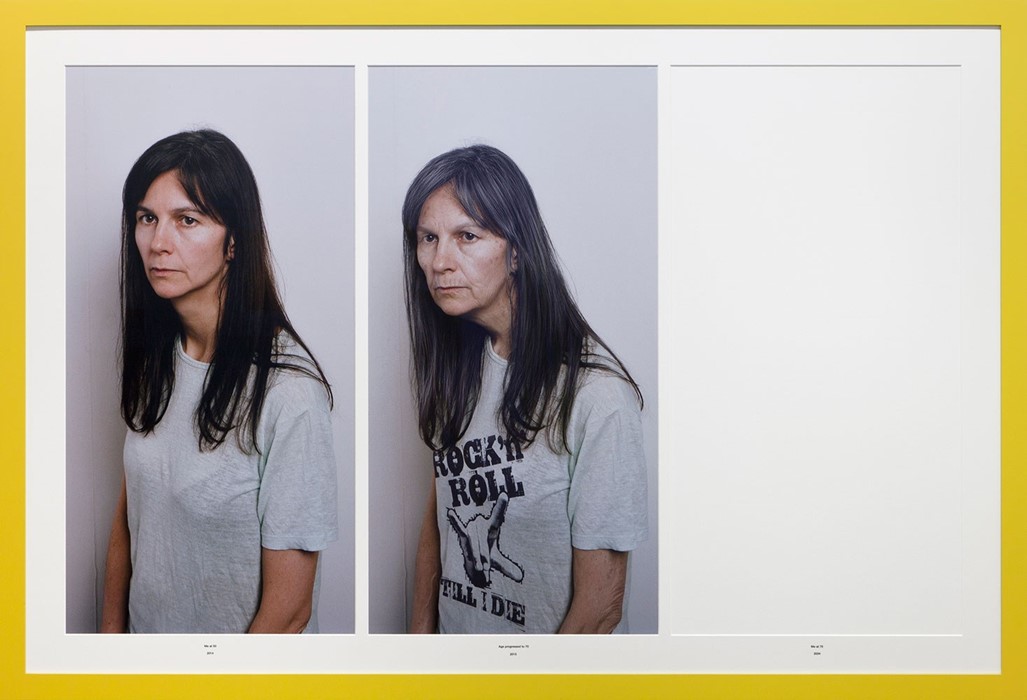
On her series Family Album…
“In the 80s I was always taking photobooth portraits of myself to see how I looked, how my hair and make up was. It was pure vanity. The image I chose to recreate was the first of that series. I’m wearing office clothes. I worked on a youth opportunities scheme at an insurance brokers, and my hair was the only clue that I might not identify with being an insurance clerk.
“I feel very different to that person at 17. I don’t really relate to who I was then as I hadn’t any interest in what interests me now, apart from the music I liked. The photograph wasn’t difficult to recreate because I do remember how I would carefully compose myself, stretching my body to make my neck look longer; opening my eyes more to make them look bigger; wanting to look better than I looked in real life because the photograph would last longer than my looks would. I was 39 when I took that photograph in 2002 and I already now look a lot different to then. It gets confusing, thinking of my younger 39-year-old self wearing the even younger 17-year-old self.”
On the most valuable piece of advice she has ever received…
“When I was in my foundation course at Chelsea I was preparing myself to apply for a degree in Graphic Design or Animation. Then a tutor said I had a Fine Art sensibility, which was a huge compliment at the time, as I didn’t think I would have gotten onto a Fine Art course, as they were always the hardest to get accepted onto. I just went with his advice and applied to Goldsmiths, and was even more shocked when I got in first time around.”
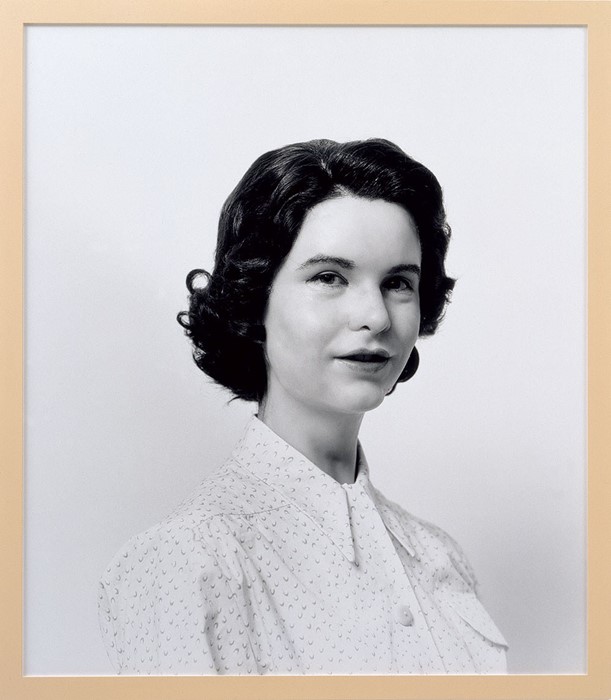
On her love of reality TV...
“When Big Brother was first aired in 2000 it really was an experiment in human behaviour, and how people behave in an environment not unlike an office situation. It was compelling and enlightening. 15 years later there are less surprises in the format, as contestants know what to expect, and how to survive or entertain. It’s like comfort TV. The biggest changes now are that celebrities are much more prepared to push the envelope in this genre than those that apply for the non-celebrity Big Brother. Celebrity is no longer something that needs to have polished public relations, and it seems those who have had more controversy actually do better in the offers they get after the show has aired.
On London…
“If I was younger I probably wouldn’t live in London now – it’s easier to live outside of it, and still feel connected because of the internet. London has always been an expensive city because of its location, its language, the fact that it is cosmopolitan, and British people buy rather than rent. I rented up until the age of 39 and lived in 20 different flatshares and two hostels. If you are prepared to live in London as a young person there is always a little bit of sacrifice. With that, there needs to be some policy on affordable housing and a cap on the mega high-rise luxury developments.”
A retrospective of Gillian Wearing's work is on display at IVAM Valencia until January 24 2016.
